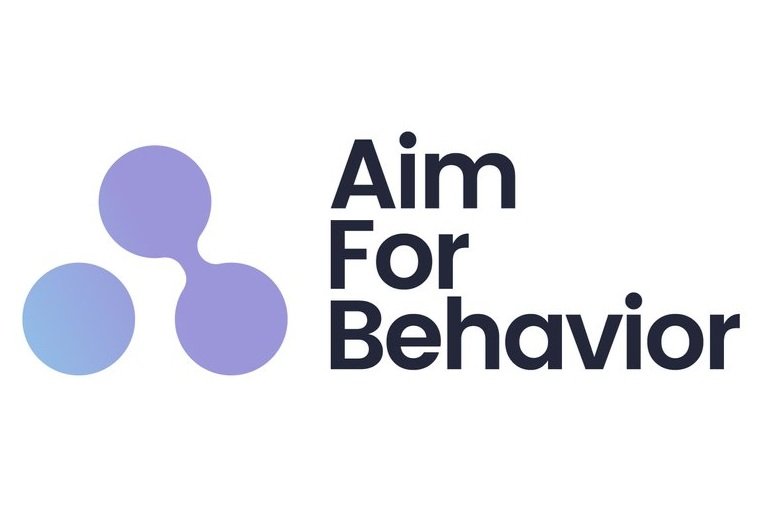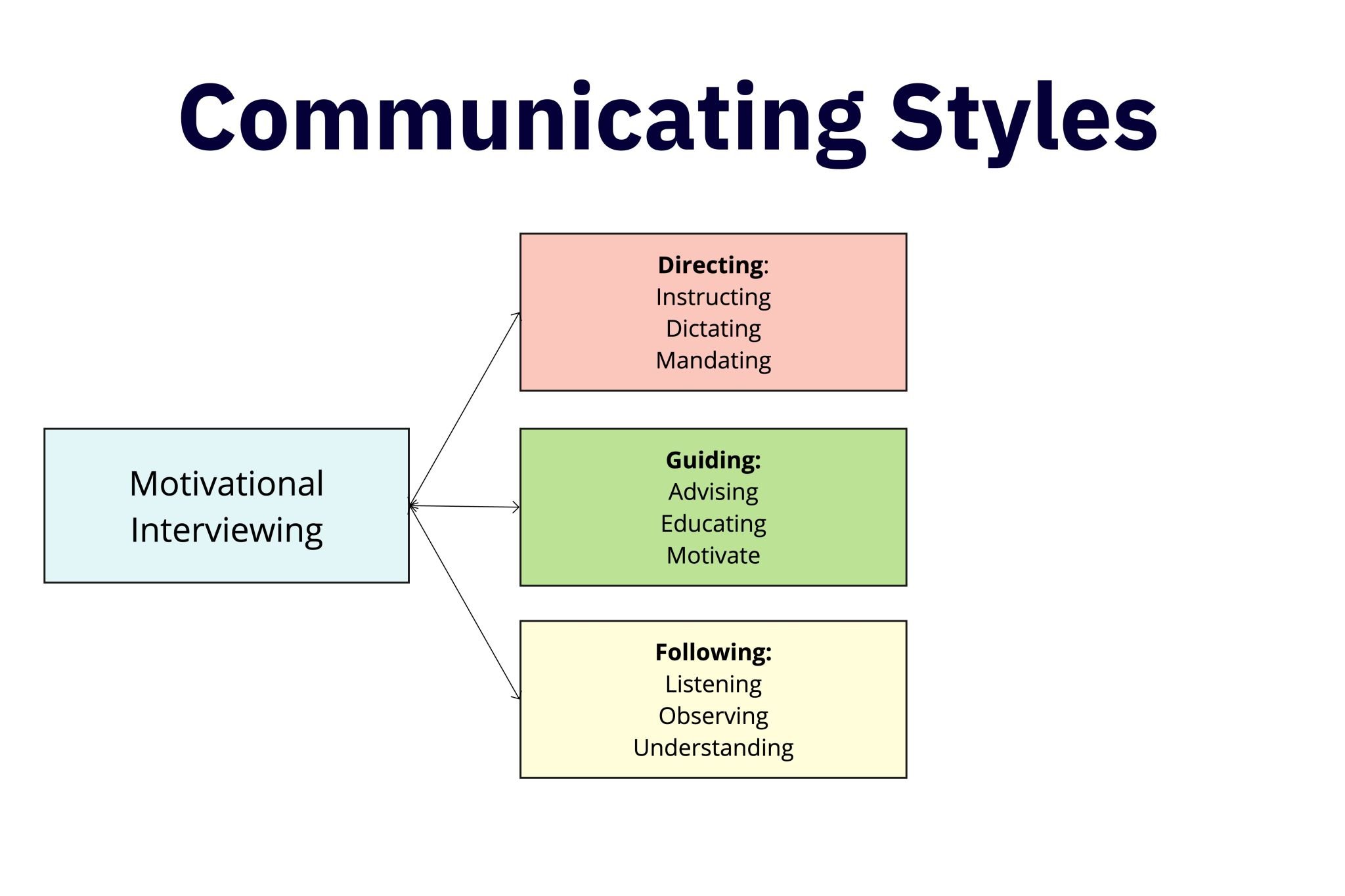What is your communication style at work? Directing, Guiding, or Following?
This image comes from communicating styles we can use with something called motivational interviewing.
What is Motivational Interviewing, you may ask, and how can it help you build better experiences?
Motivational interviewing aims to help individuals overcome ambivalence, (you know, I want to do this, but I don't want to) and increase their motivation to make positive changes in their behavior.
It was developed by psychologists William R. Miller and Stephen Rollnick.
The approach is characterized by a collaborative, non-judgmental, and empathetic communication style, which encourages people to explore their motivations, values, and goals.
The key here is empathetic, as I hear many organizations talk about both employee and customer empathy, but I wonder how evidence-based that approach really is.
Through a process of reflective listening, feedback, and goal-setting, people are empowered to identify and resolve any conflicts or ambivalence they may have about changing their behavior, and develop a plan that is consistent with their own values and priorities.
In the context of say your employees, this means:
-Viewing your employee as the expert of their own experiences and perspectives
-Asking open-ended questions to understand employees' perspectives, rather than telling them what to do (telling people what to do is show to not be as effective for behavior change - can work, but less so for Behavior Change)
-Focuses on the employee's preferences, values, and unique circumstances, rather than the organization's agenda
-Helps the organization gain insights into how to better support employees and create a positive work environment
-Guides the employee toward achieving their own professional goals and objectives
-Enables the organization to provide advice and recommendations that are better received and more likely to be acted upon by the employee.
This approach prioritizes an employee-centered approach that is focused on building a collaborative and supportive relationship with employees.
By asking open-ended questions and focusing on the employee's perspective, the organization can gain deeper insights into employee needs and preferences, and provide tailored solutions that meet their unique circumstances.
Ultimately, this approach can help your organization improve employee satisfaction, retention, and overall business outcomes.
I have been using this approach in some projects and the more I dig into it, the more I think it has some great potential for both customer and employee experience
In future posts, I'll include other elements of it such as OARS, which stands for, Open questions, affirmations, reflective listening, and summary reflections -all techniques and skills that are used in MI.
These are other ways I can help you:
1 ) Get my Behavior Science and Design Courses: Learn to add that missing Behavioral Science layer to your products and services in an easy and practical way
2) Explore my services: I work on small projects or as part of your team
3) Frameworks: Get access to my free frameworks and tools
4) If you want to get Behavior Science and Innovation Tools join my Newsletter

